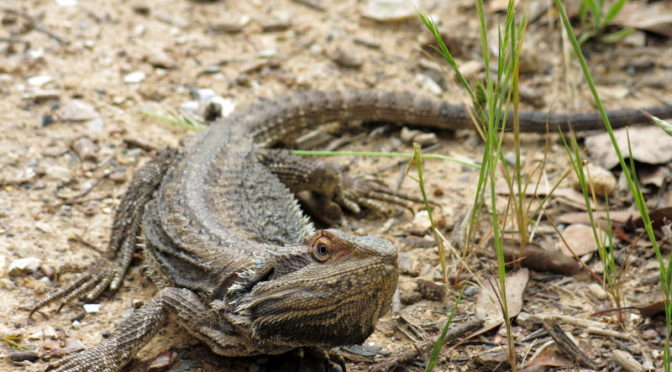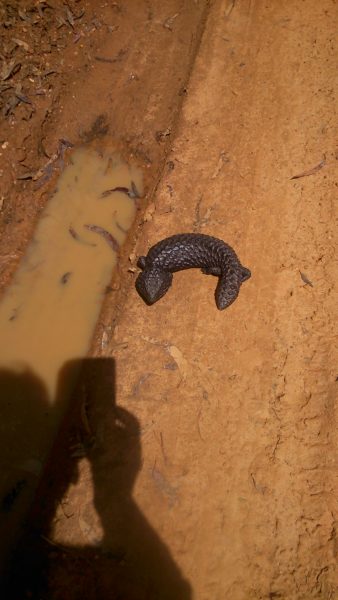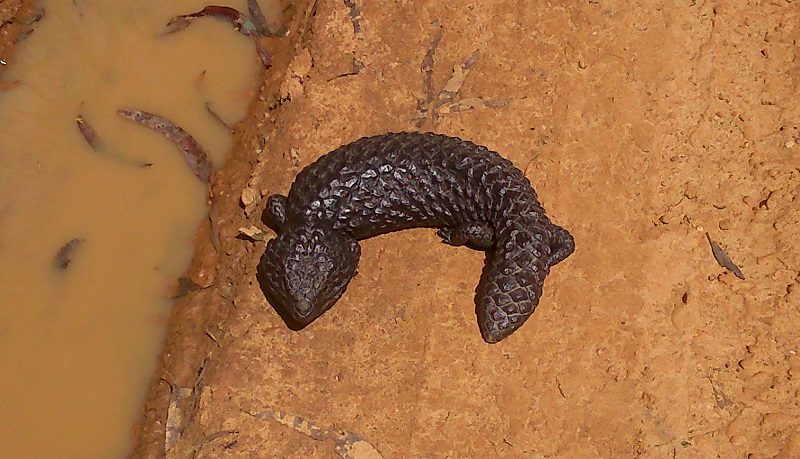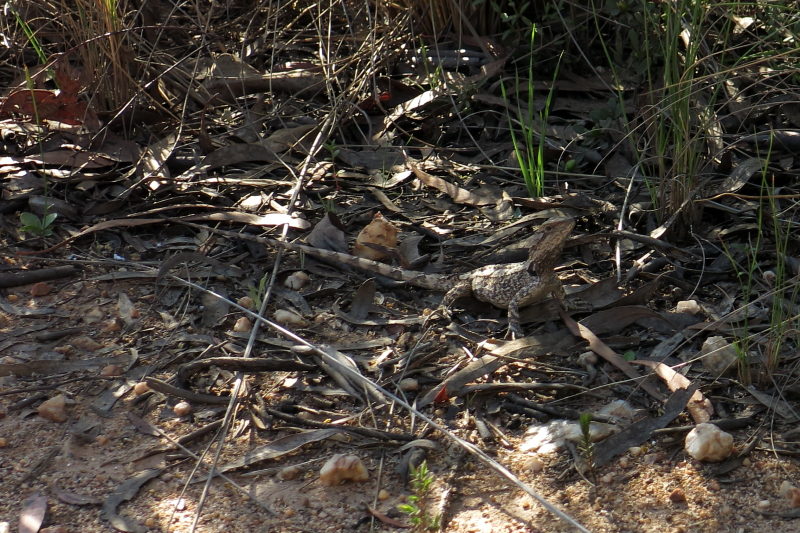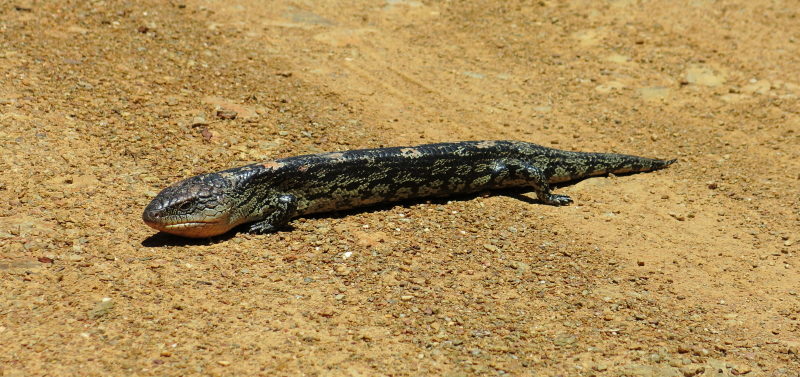Well, it has been week 3 of waiting for eggs to hatch and the final week I had of getting any changes made to the chook house and the inner and outer enclosures.
I hadn’t wanted to make any changes until I knew if we stood a chance of getting any chicks. I was paranoid about it really. Leave it all alone and let things happen. Hands off. But then mum has had to be separated from the others so that fights didn’t happen and eggs get broken etc…
Luckily mum (Charmaine) and I have established a routine. I go down to the chook house at 7:45am with everything ready to feed her and the others. She plays not interested, so I get on with feeding the others. At least at the start of the week that was the case. By the end of the week, she is hungry enough to be taking the food that is out for her in her area (although never all of it!) and for her to be ready clucking at me as soon as I start to open up the stable doors which have a top half and a bottom half. I always say hello to the girls and HP as I come down from the house in the mornings. They are usually very vocal at this point, complaining bitterly that I haven’t fed them; that I am a lousy mum; they are starving; you know the score. The fact that they have an automatic feeder is beside the point. The fact that I am going to give them exactly the same grain that is in the feeder is also beside the point. It doesn’t matter. They much prefer to scratch around in the dirt than stand on a platform.
And so the games start. I put down a bowl of mash for the girls. This is mostly for the 2 newbies; the rescues who prefer something wetter than straight grain. Then mum starts clucking and I have to watch her until she gets up off the nest. I then have to let her out of her enclosure and she will tear out over to the patch of bare soil in the grassy area of the outer enclosure where she digs frantically, creating a dusty bath area and then sits in it and dust bathes. I will also scatter some grain in the same area, along with some rolled oats (her favourite right up until we managed to find somewhere selling actual oat grains which she loves) and some oat grains. I then concentrate of getting more protein into her so one of the treats I have ready for them is some very thick strained yoghurt (homemade so much cheaper than you would think) cut into squares and with rolled oats pressed into each side (easier actually done than explained). It is similar to strained Greek yoghurt and she loves it. In fact all of them do, but I have to be careful with the 2 newbies who are not able to digest it very well, so each bird is hand fed one or two pieces only except for mum who given her starvation diet and her size (plus me not wanting her to eat the newly hatched chicks which can happen if a broody hen is very hungry when they hatch sadly), she gets three of four pieces.
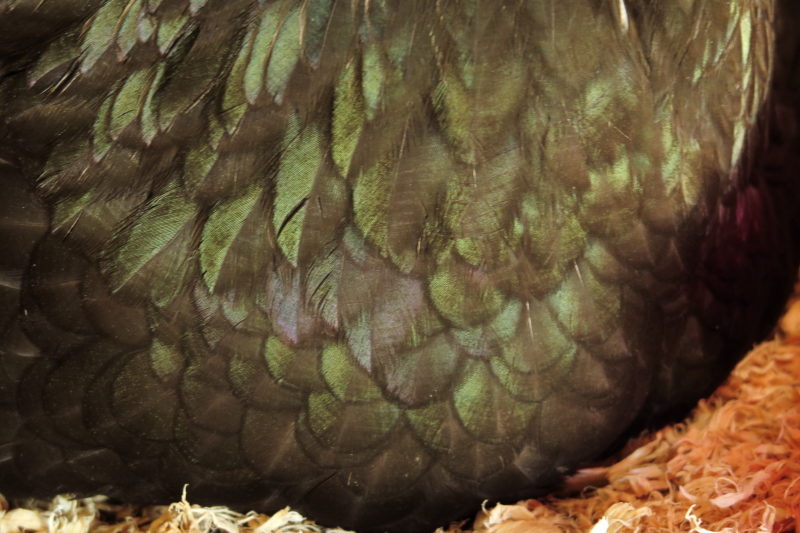
I then turn on one of the garden taps which drains through the chook enclosure. I dug a channel (or more accurately hacked it through the rock) for the water to drain through (it doubles as a drainage channel for when it rains, pulling the water away from the chook house) the outer enclosure and chooks are attracted to running water and this ensures that she gets enough water during this hotter spell we have been having. Then I leave them be to feed from the scattered grain whilst I have been checking on the eggs, filling holes that mice come through, filling holes that chicks could feasibly disappear through and generally making the area safe for chicks and a chook.
But I only started all of this on Monday, once I knew we stood a chance of some chicks. There is a method of checking eggs called candling and I waited until day 16 to check them. I have little experience at checking them, so day 16 was a sensible day to choose and of the 13 that she was still sitting on, I only removed 3. There was 1 I was suspect about and another 9 that clearly had something in them and all of those were at the same stage of development. So we stood a chance of anything up to 9 chicks in my view. Zero to nine. I left the 10th egg in there just in case because I wasn’t sure about it and there seemed to be no harm in leaving it there.
Of the 3 eggs that I removed, I was sure there was nothing in there at all. But I confess I was a little apprehensive as I found a spot well away from the house and the chooks, and very carefully cracked it open praying that I wasn’t about to kill an innocent chick.
There was nothing in it. Phew…
The other two eggs were also the same. Either neither fertilised or never developed at all. They also didn’t smell either luckily for me!
And so we are now at Day 21. Chicken eggs usually take 21 days to hatch. I gave her the eggs late in the afternoon on the Saturday, 3 weeks ago, so whilst I have been watching for any change in behaviour or any cracks in the eggs (called pipping), I don’t really expect anything until tomorrow. The latest day would be Wednesday… so we wait and see. But we have finally accepted that there may be some chicks and Stuart has purchased the chick starter feed (they get special feed for the first 6 weeks, then another for week 6 to week 18 before finally getting ‘adult’ feed after that). After much investigation and consideration, we decided on unmedicated chick starter because apart from the fact that I really don’t want to be starting them off in life on antibiotics which is what most chick starter feed contains, I also can not guarantee in a week or two’s time being that I will have them separate from the flock still and if the rest of the flock eat the chick starter, then in theory we should not eat the eggs for at least 2 weeks after the laying hens stop eating the medicated feed… so we decided on unmedicated feed… It makes my life easier, but it is harder to obtain.
On the egg front, the girls are settling into a routine as well. Despite being here for retirement, they seem determined to lay eggs every single day…. and so three times this week so far, all 5 laying hens have lain… and so this week, I am going to be pickling eggs for the first time. It should be fun!
And so we wait and we see what is waiting for us tomorrow morning.
